From the Maine Sea Grant Winter Harbor Fisheries Oral History post by Natalie Springuel:
First person stories about Winter Harbor’s fisheries heritage are now part of the Winter Harbor Historical Society’s audio collection! A multimedia story map about these interviews can be viewed at the Winter Harbor Fisheries Oral History Project.
The Winter Harbor Fisheries Oral History Project, conducted in the Fall of 2017, captured the stories, memories, and perspectives of local fishermen and their families, local marine businesses and fellow community members. The focus of the interviews was on the community’s connections to the waters surrounding the Schoodic Peninsula and the larger context of fisheries in Maine. Topics ranged from fishing past and present, getting product to market, changes in the industry and changes in the Winter Harbor region. Fishing is so much more than a job, it is a way of life, and the interviews also explored history, family, boat building, business, and relationships.
The goal of the project was to help the Winter Harbor Historical Society document its fishing and community heritage for future generations. Our hope is that these stories will help future residents, visitors, and decision-makers understand the important role that the sea has played, and will continue to play, in Maine’s coastal communities.




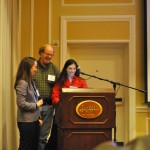
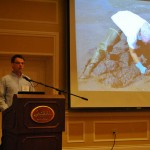
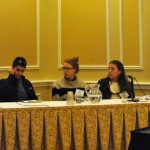


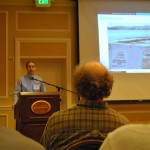

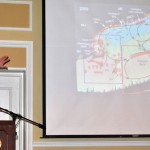
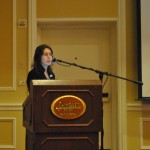
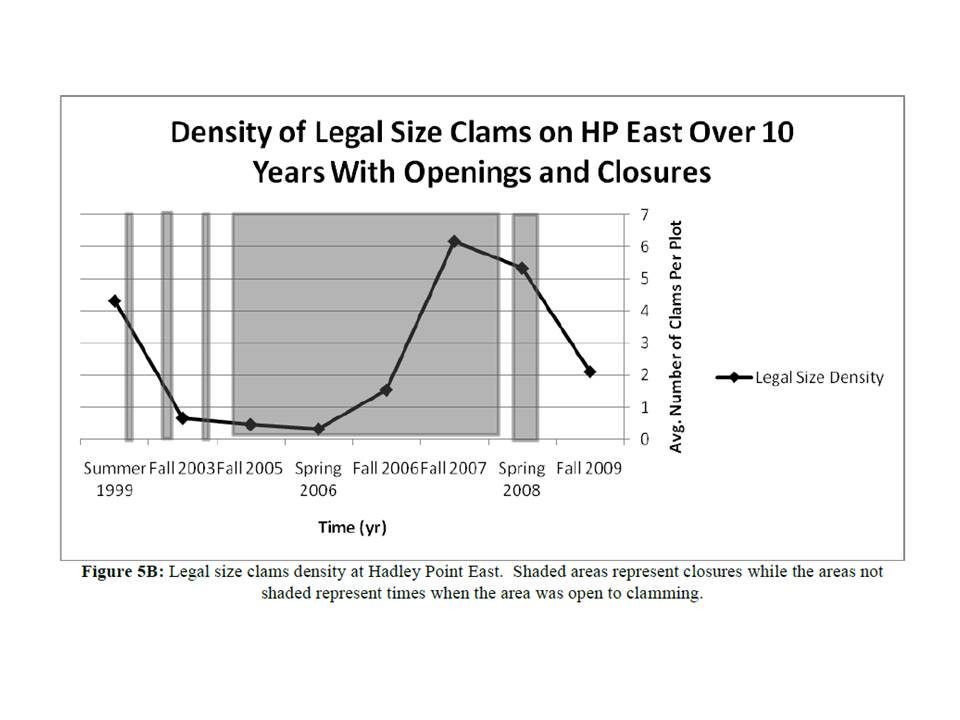 Most of the available clam resource in Bar Harbor is at Hadley Point and in Thomas Bay. Clam harvests are regulated by the town which has an ordinance. There are conservation areas on the east and west side of Hadley Point. Both areas have been closed in the past for conservation, but are currently open for harvesting. The Bar Harbor Marine Resources Committee, in partnership with College of the Atlantic and MDI High School, has been active in conducting clam surveys. The last survey of the east side in fall 2009 revealed a peak of one inch clams. Two inch clams are the legal size for harvest. The resource on the east side of Hadley Point is generally larger than on the west side. The amount of spat recruitment is variable from year to year and probably does more to influence population size than conservation closures. In terms of conservation closures, the Bar Harbor Marine Resources Committee has learned that 6 month closures are ineffective. Two year closures will enable populations to re-bound, but given the current intensity of clamming, the positive effect of the closure is not long-lived.
Most of the available clam resource in Bar Harbor is at Hadley Point and in Thomas Bay. Clam harvests are regulated by the town which has an ordinance. There are conservation areas on the east and west side of Hadley Point. Both areas have been closed in the past for conservation, but are currently open for harvesting. The Bar Harbor Marine Resources Committee, in partnership with College of the Atlantic and MDI High School, has been active in conducting clam surveys. The last survey of the east side in fall 2009 revealed a peak of one inch clams. Two inch clams are the legal size for harvest. The resource on the east side of Hadley Point is generally larger than on the west side. The amount of spat recruitment is variable from year to year and probably does more to influence population size than conservation closures. In terms of conservation closures, the Bar Harbor Marine Resources Committee has learned that 6 month closures are ineffective. Two year closures will enable populations to re-bound, but given the current intensity of clamming, the positive effect of the closure is not long-lived.